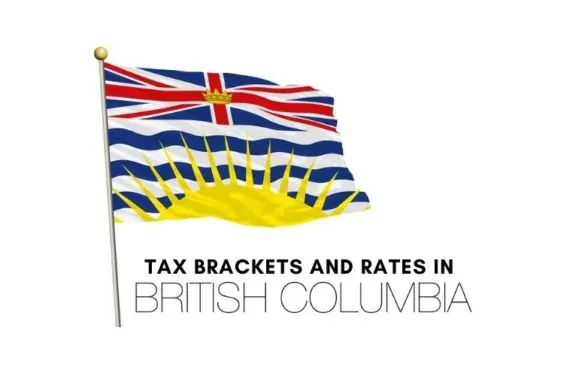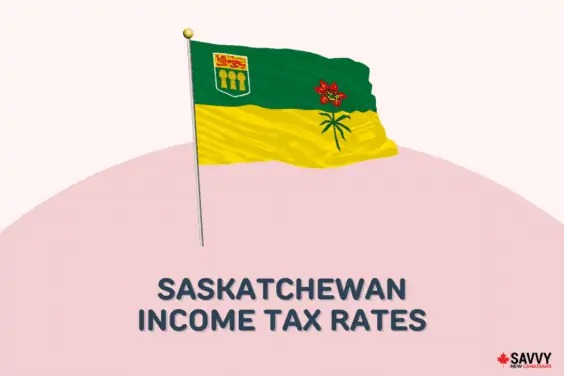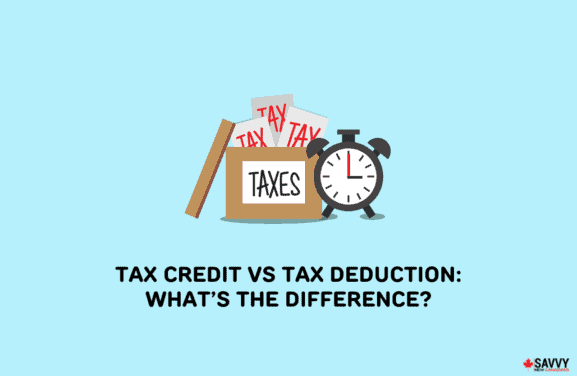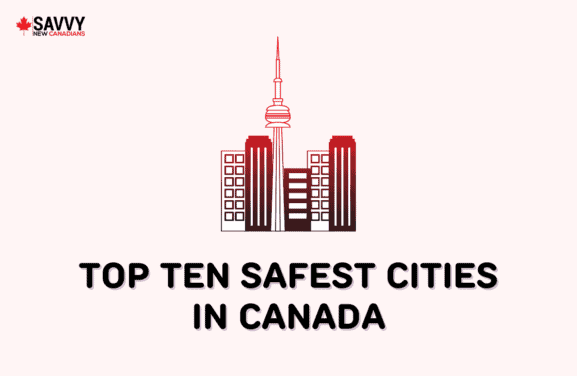Read on to learn about RESP withdrawal rules, strategies, and penalties.
After years of diligently saving in your child’s Registered Education Savings Plan (RESP), it is time to begin withdrawing funds to pay for their post-secondary education.
As with other registered investment accounts in Canada, such as the RRSP and TFSA, there are RESP withdrawal rules you must observe to avoid financial penalties.
RESP Withdrawal Rules
First, let us categorize the various monies in your child’s RESP account.
Following my RESP matching article, we know that the government matches your contributions to an RESP through various grants, including the Canada Education Savings Grant (CESG) and Canada Learning Bond (CLB).
Some provinces also provide education savings grants.
Over time, your RESP also earns income in various forms – interest, dividend, and capital gains.
When it is time for RESP withdrawal, the account will include:
- Your contributions
- Government grants
- Investment income
These “buckets” of money are treated differently when it comes to withdrawing from an RESP.
Your contributions are called Post-Secondary Education (PSE) payments, while the government grants and investment income are referred to as Education Assistance Payments (EAP).
The Post-Secondary Education Payment (PSE) Explained
The person who makes contributions to an RESP is the Subscriber.
These contributions (PSE) are made after tax, i.e. you do not get a tax deduction on your tax return, and as such, you can withdraw these funds tax-free at any time.
The Education Assistance Payment (EAP) Explained
Education Assistance Payments (EAP) include the CESG, CLB, and other provincial grants. They also include investment income earned inside the RESP.
When a portion of these funds are withdrawn and paid to your child, it is considered income in their hands, and they pay taxes on it.
Your child will get a T4A tax slip for EAP withdrawals each year. Since they will likely be in the bottom tax bracket, little to no taxes may be due.
| Post-Secondary Education Payment (PSE) | Educational Assistance Payment (EAP) |
| This is money you have contributed | Includes government grants, bonds, provincial incentives, and investment gains |
| Withdrawal is not taxed | Withdrawal is taxed in the hands of the beneficiary |
| Paid out to the subscriber | Paid out to the beneficiary |
| Any amount can be withdrawn | There is a $8,000 withdrawal limit (previously $5,000) for the first 13 weeks of schooling |
How RESP Withdrawals Work
Eligibility
RESP funds can be used to cover costs associated with your child’s studies at a qualifying post-secondary educational institution.
These include programs at a university, college, trade schools, CEGEPs, technical schools, and more.
You can view the complete list of designated educational institutions here and a list of certified institutions by province.
They can be enrolled in a full-time or part-time program.
Full-time enrollment in Canada refers to a course of study that is at least 3 weeks long with a minimum of 10 hours of instruction each week. If the school is abroad, full-time enrollment means the program is at least 13 weeks long.
An eligible part-time educational program in Canada must be held for at least 3 consecutive weeks and involve at least 12 hours of courses per month.
There are other rules for EAPs that are dependent on the student being enrolled in a “qualifying educational program” or “specified educational program.”
How To Make an RESP Withdrawal
To begin making withdrawals from your child’s RESP, contact the financial institution where the plan is held (such as RBC, TD, Scotiabank, Wealthsimple, etc.).
A financial institution that administers Registered Education Savings Plans is called a Promoter.
Typically, they will ask you to complete an RESP withdrawal form and provide proof of enrollment at an eligible post-secondary educational institution.
On the form, you will also indicate the type of withdrawal you are making, whether it is for EAP or PSE.
While PSE funds can be used to pay for anything, EAPs are meant to pay actual post-secondary educational expenses such as tuition, accommodation expenses, books, etc.
RESP Withdrawal Rules For Family Plans
You can set up an individual RESP for one child or a family RESP with multiple beneficiaries.
These are also Group RESP plans, which I do not recommend.
With Family RESPs, you have some flexibility in how you divide the grant money between your children. However, the maximum CESG withdrawn per child cannot exceed $7,200.
CLB contributions can only be paid to the beneficiary that received them.
Investment income earned on CESG and CLB can be used by any of the beneficiaries.
This is the Maximum RESP Withdrawal Amount
The maximum Educational Assistance Payment (EAP) is $8,000 per beneficiary during the first 13 weeks of enrollment at a qualifying educational program (or $4,000 for part-time studies).
This maximum amount applies even if you withdraw from multiple RESP accounts.
After the first 13 weeks, you can withdraw any amount of EAP as long as the amount is reasonable*.
*While the promoter is not required to ask for receipts or proof that the beneficiary is using EAP to pay for school-related expenses, they may do so if your withdrawal exceeds the annual EAP threshold limit set by the Income Tax Act:
| Year | Annual EAP Threshold Limit |
| 2024 | $28,122 |
| 2023 | $26,860 |
| 2022 | $25,268 |
| 2021 | $24,676 |
| 2020 | $24,432 |
| 2019 | $23,976 |
| 2018 | $23,460 |
There are no limits on how much PSE withdrawal you can make.
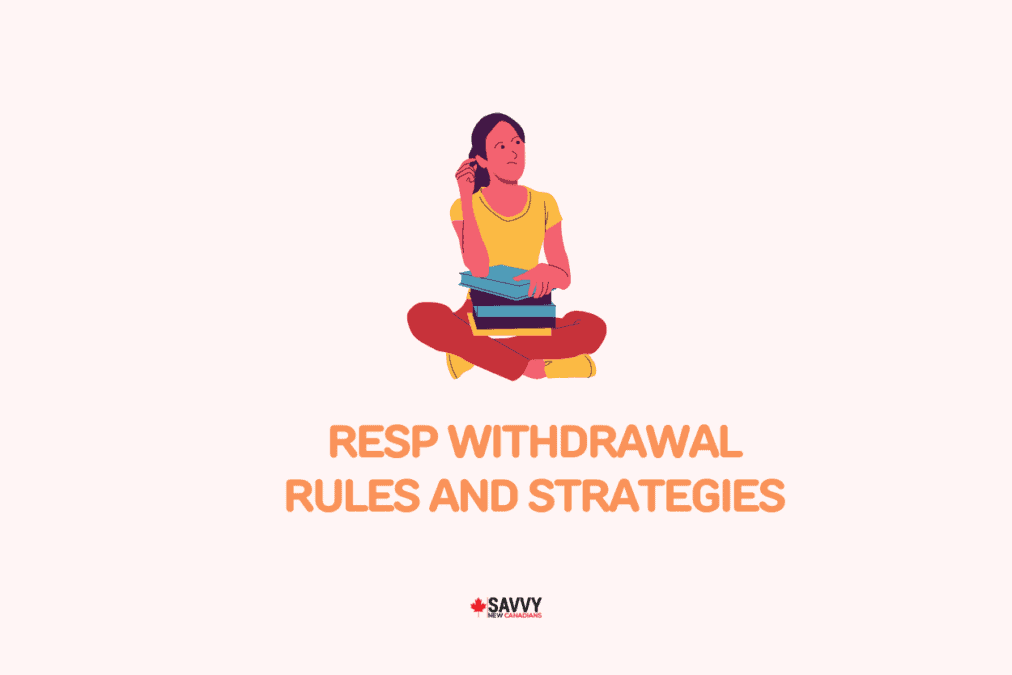
Related: Canada GSL Payments.
Are RESP Withdrawals Taxable?
As already noted, the PSE portion of the RESP can be withdrawn tax-free at any point in time.
If you withdraw your contributions before your child goes to school, i.e. a non-educational capital withdrawal, the government will claw back the grant paid on these contributions.
EAPs are taxed in the hands of your child.
Considering that they have a basic personal amount (BPA) that is tax-free each year ($15,705 for 2024 at the federal level), chances are that they will pay little to no taxes on EAP income received.
Plus, your child can claim tuition tax credits, further increasing how much income they can earn before provincial or federal taxes are due.
RESP Withdrawal Penalty
If your child does not use up the investment gains earned in the RESP or does not pursue post-secondary education, you can withdraw the income earned as an Accumulated Income Payment (APR).
When AIP is withdrawn as income, you pay two taxes:
- Regular income tax +
- Additional 20% withholding tax (12% in Quebec)
Alternatively, you can rollover the investment income into your RRSP or spousal RRSP if you have contribution room to avoid the extra taxes.
You can transfer up to $50,000 from an RESP to an RRSP (investment income only).
After making an AIP withdrawal, the RESP must be collapsed by the end of February of the year following the AIP withdrawal.
RESP Withdrawal Strategies
If you have grants and investment income remaining in an RESP after the beneficiary is no longer eligible to make withdrawals, the following happens:
- Grant and bond money is returned to the government
- Investment income can be withdrawn by the subscriber (contributor), however, with a hefty tax slapped on
You could also transfer it to your RRSP if there’s room. As such, it makes sense to deplete the EAP first before making PSE withdrawals.
PSE payments can also wait until your child has a higher income. Since they are tax-free withdrawals, their income tax will not increase.
If you must withdraw investment income for a non-educational purpose, consider transferring the funds to your RRSP.
Lastly, don’t be in a hurry to close your child’s RESP account. You can leave an RESP open for up to 36 years, so if they change their mind about higher education, the funds are there for them to use.
RESP Withdrawals If a Child Does Not Pursue Post-Secondary Education
If your child does not continue their education after high school, you can:
- Leave money in the RESP until you are sure they won’t need it. The account can be open for up to 36 years after it was created.
- Name another beneficiary to the plan, subject to some rules.
- Transfer investment gains of up to $50,000 to your RRSP, subject to some rules
- Transfer the investment gains to a Registered Disability Savings Plan (RDSP), subject to some rules.
- Close the RESP
Your contributions are tax-free; grants go back to the government; investment income is taxed or transferred to an RRSP/RDSP.
Related: Best RESP Investments.

